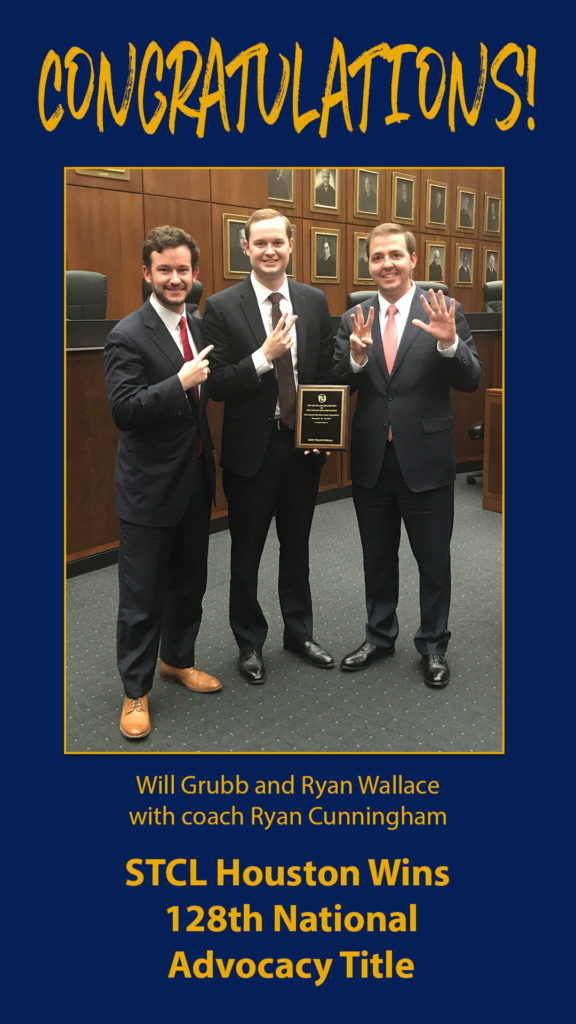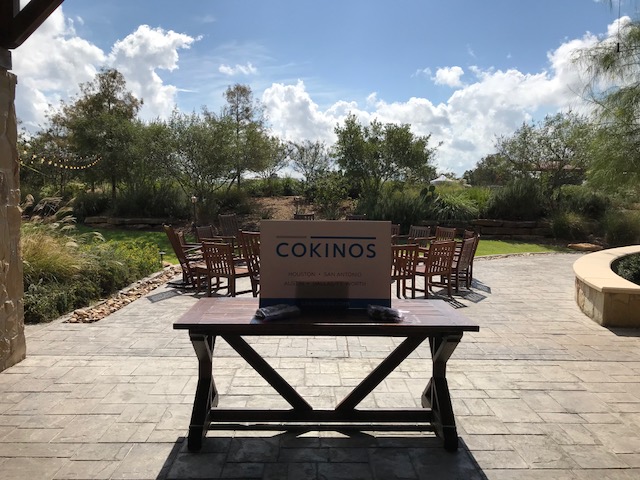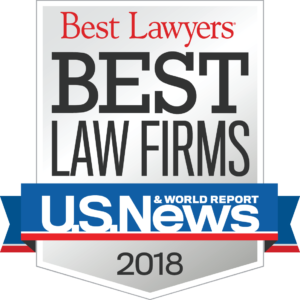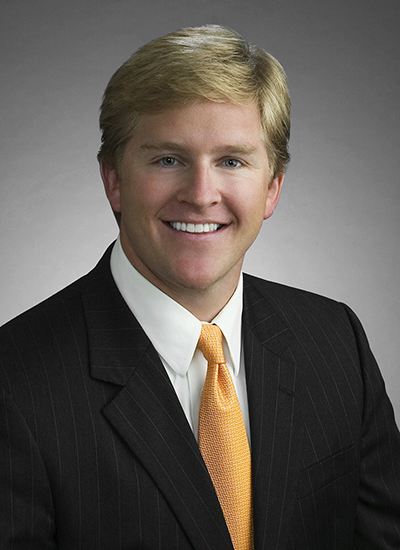The Houston A&M Club has worked tirelessly to foster the Aggie Spirit in Houston by supporting A&M through donations to her colleges, student activities, and facilities. The Outstanding Houston Aggie Lunch honors an individual Aggie each month that has excelled in his or her industry. This month they are honoring Gregory Cokinos for his success.
Here is more information on the event:
Date: December 11, 2017
Time: 11:30am to 1pm
Venue: Grotto
Get Tickets: Click here
From the Outstanding Houston Aggie website:
Gregory M. Cokinos ’79 is managing principal and founder of Cokinos | Young, the largest law firm in Texas concentrating in construction and real estate law. Gregory has been named one of the Top 100 Super Lawyers in the State of Texas every year since 2007. He is a long-term supporter of the Houston A&M Club and Texas A&M. Gregory is currently serving his fourth year on the board of The Association of Former Students. Additionally, Gregory served as the 2006 Chair of the 12th Man Foundation, where he continues to remain actively involved.






Recent Comments